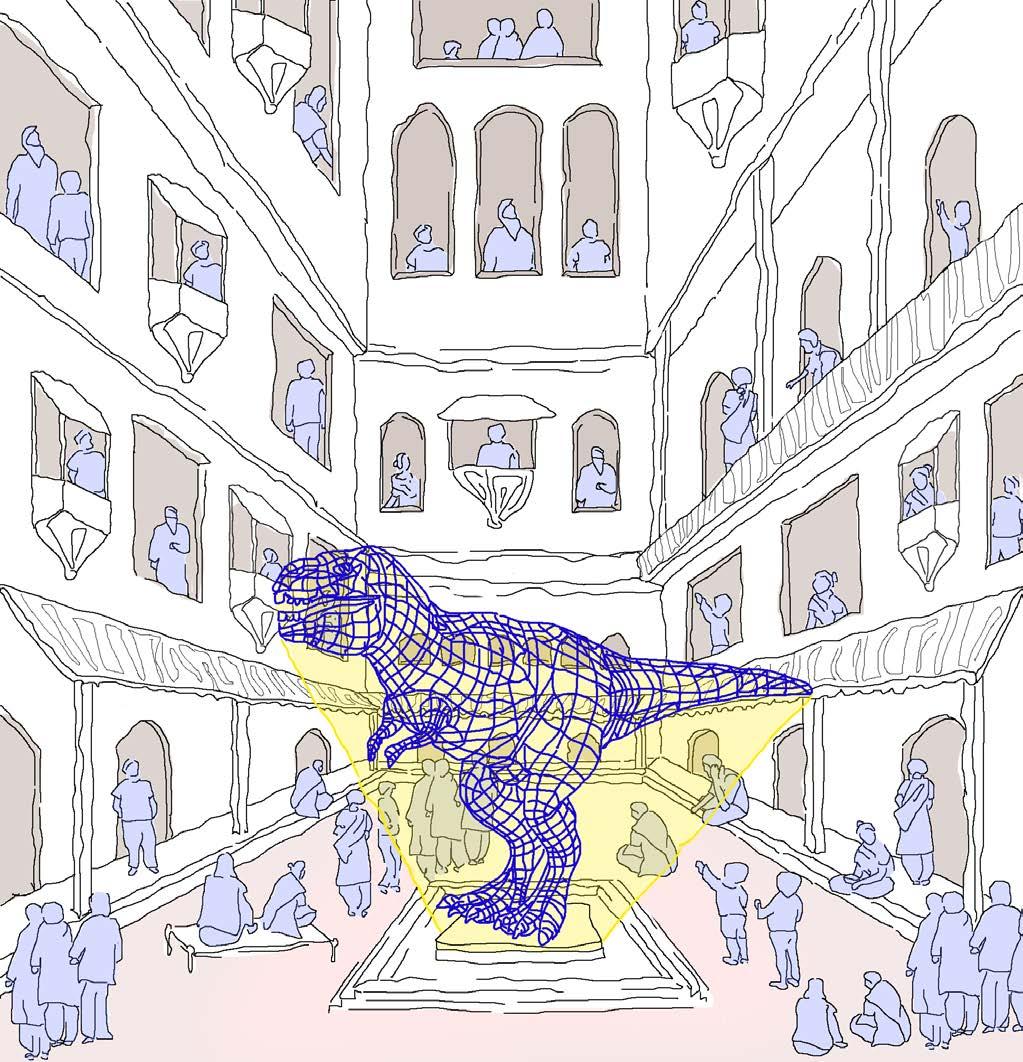ARTISANS – THE LIVING HERITAGE OF LAHORE The Mughal emperors were great patrons of arts and crafts, evolving the heart of their empire, the Walled City, into an artisan cluster. The city’s dense tangle of alleyways thrived with weavers, ironsmiths, masons, miniaturists, jewelers, and cobblers. This constellation of artisans was disrupted time and again as a result of the political instability. People poured in and out of the Walled City - however, the craftsmen’s continuity was grounded in their skills. Some of them continue their legacy to this day. Amidst a cacophony of overpowering vehicular traffic of the Taxali Gate, a determined craftsman intricately carves a tabla (classical hand-drum) – an acquired skill he inherited through generations, which practiced instrument-making in the Indian subcontinent. Once upon a time, his forefathers crafted the melodious dholaks (two-headed hand-drum), to which the dancing girls of Hira Mandi swayed. The city still upholds the custom of hand-made instruments, varying from the traditional flutes, drums, and harmoniums to guitars and violins.
The Utopian Palimpsest 101




























































